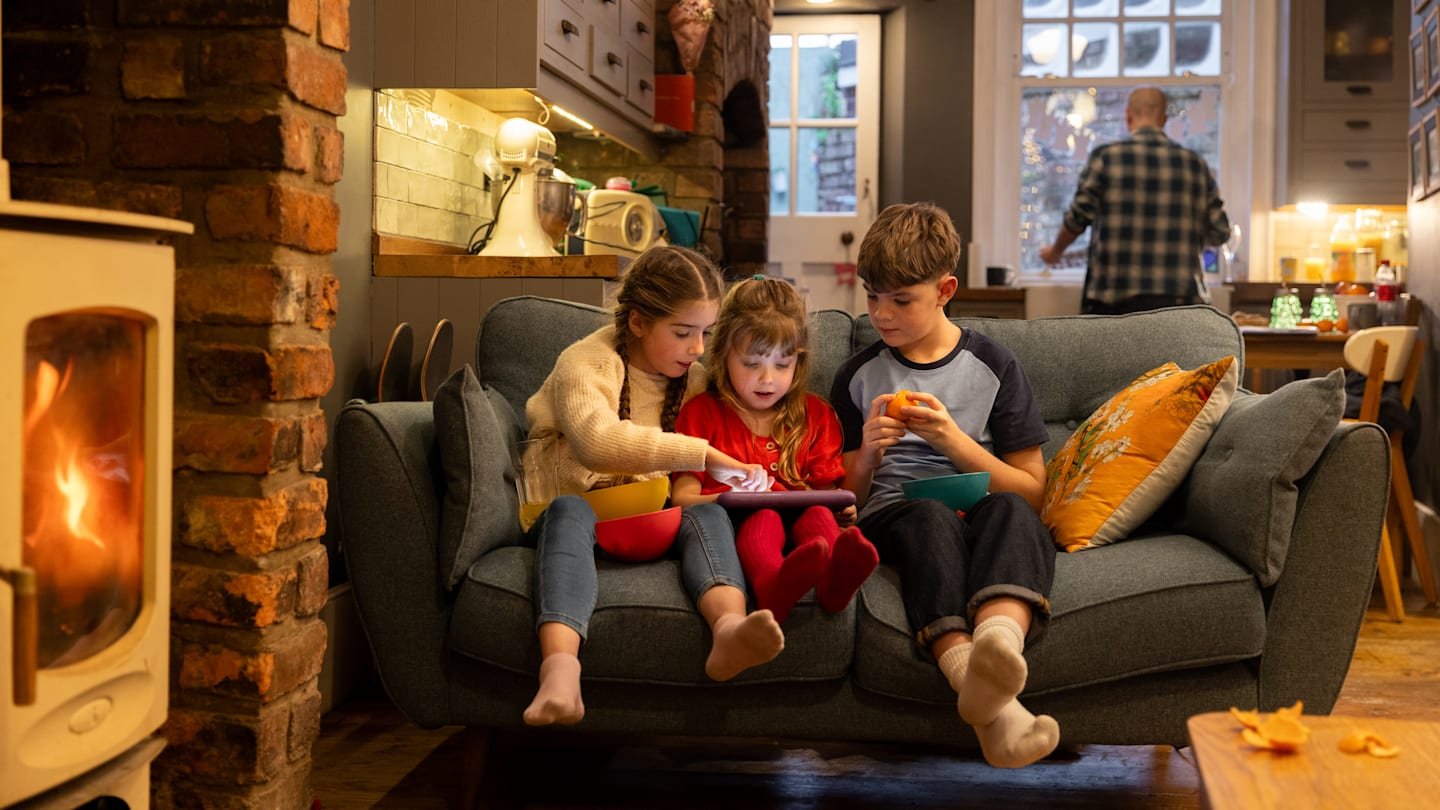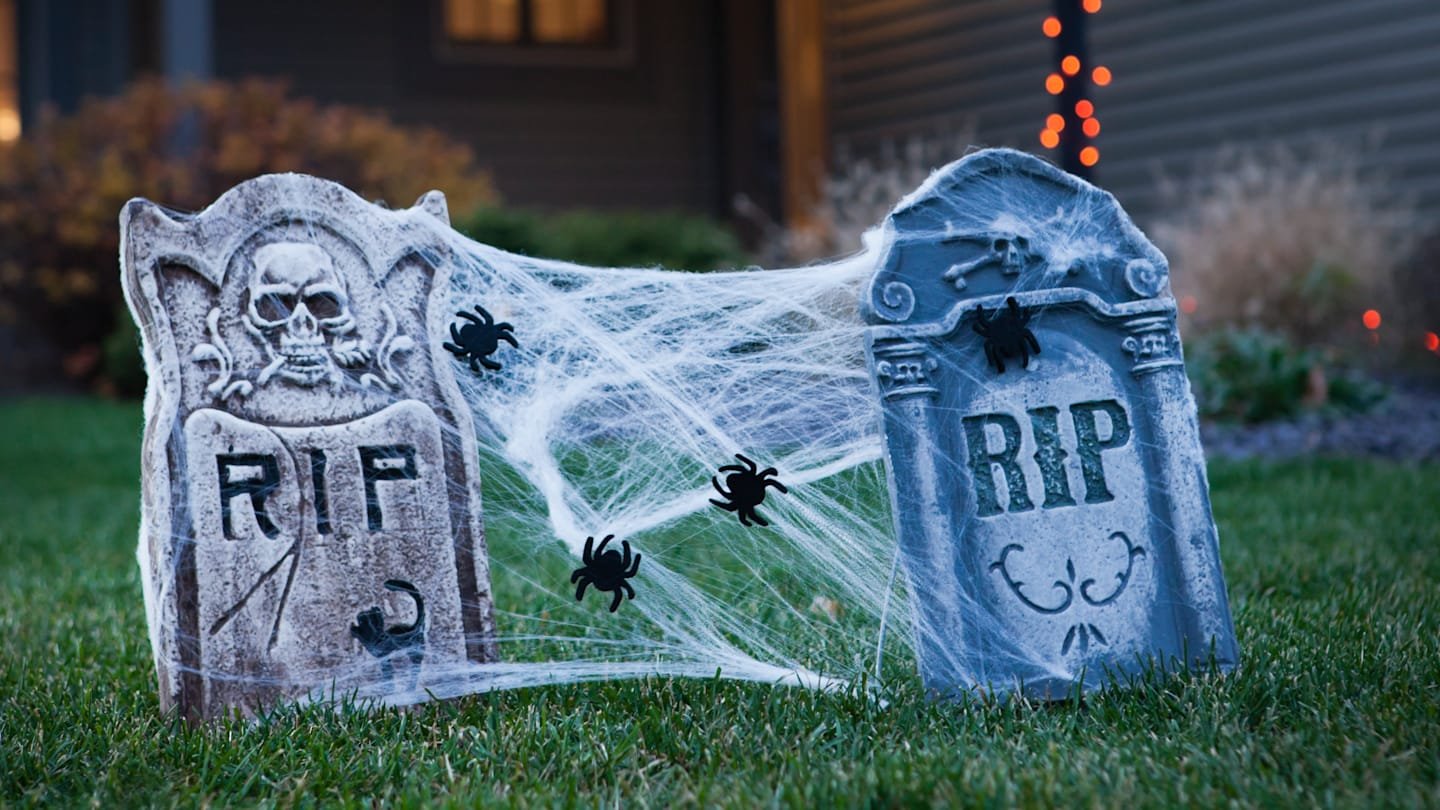
This Cozy Cold-Weather Appliance Is Secretly Harming Your Health
There are few things more comforting than lying next to a roaring fire on a cold night. The smell of burning wood, especially during cold seasons, is a nostalgic scent for many.
But here’s the uncomfortable truth: That glamorous wood-burning fireplace or fireplace can quietly harm your health.
- The invisible dangers of wood smoke
- Safer ways to stay warm this winter
- Alternatives to wood burning appliances
The invisible dangers of wood smoke
Wood smoke They may seem harmless, but they are full of pollutants. When wood burns, it releases fine particles known as PM2.5, which means particles less than 2.5 micrometers in diameter (that’s about 2.5 micrometers). 30 times smaller From a single strand of human hair). Wood smoke also contains gases such as benzene, formaldehyde and methane. If these gases sound familiar, it’s because many of them are the same toxins found in cigarette smoke.
That’s why doctors and researchers are increasingly warning that “natural” does not mean safe. Studies show Exposure to wood smoke is linked to all kinds of health conditions, including asthma, bronchitis, heart disease, cognitive dysfunction, and even cancer.
Children, older adults, and anyone with pre-existing conditions are particularly vulnerable, but even healthy people are at risk Experience symptoms After spending time around wood smoke.
Even if you can’t see or smell the smoke, you may still be inhaling it. And it’s not just your home that’s affected either. Up to 70 percent of the smoke from your chimney can seep into your home (and your neighbors’ homes, too) — so even if your chimney runs regularly, you and those who live nearby will still be at risk (PDF).
You may also like…
Add the mental thread as Favorite news source!
Safer ways to stay warm this winter
If you still want to enjoy your wood-burning fireplace, there are ways to make it safer. Environmental Protection Agency (EPA) recommend:
- Burn only dry, seasoned wood that has been split and stored for at least six months.
- Keep your chimney clean and It is checked annually To prevent buildup and backdrafts.
- Install a textured fireplace door instead of an open screen.
- use EPA approved A fireplace or wood-burning stove that complies with current building, health, and environmental codes.
- Ventilate the room well: Break a window or use an exhaust fan to help air circulate.

And always skip shortcuts: Never burn Trash, cardboard, or treated wood, which can release additional toxic chemicals.
Consider investing in an air quality monitor that can track the amount of PM2.5 circulating in the air. If the air quality in your home or garden deteriorates when a fire burns, it’s a good indicator that your wood-burning habit is a cause for concern.
Alternatives to wood burning appliances
Those who love the ambiance but hate the health risks can consider switching to a pellet stove, electric stove, or gas stove. Pellet stoves Use compressed wood pellets that burn more cleanly and efficiently than traditional logs; Electric or gas options eliminate smoke completely.

Replacing your logs with a cleaner alternative means you can still enjoy all the relaxing feelings without the coughs, carcinogens, or guilt. Some cities even offer Wood burning change initiatives To help homeowners looking to make the switch.













Post Comment